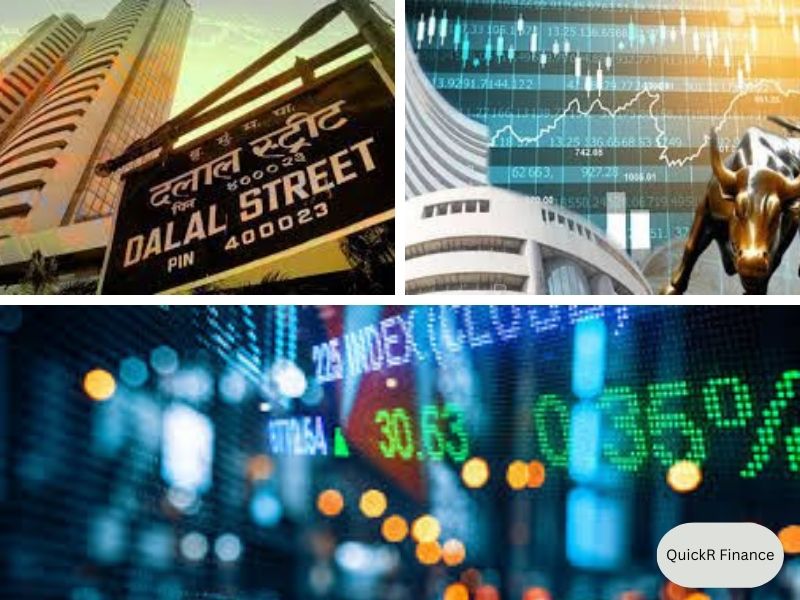The Indian stock market has a long and fascinating history that spans over centuries. It has undergone various transformations, ranging from being a rudimentary system of trading in commodities and goods to a highly sophisticated network of financial intermediation.
The history of the Indian stock market can be traced back to the 18th century when the East India Company began issuing shares to the public to raise funds for its operations. The earliest recorded instance of trading in securities in India dates back to the 1830s when the first share market in India, the Native Share and Stock Brokers Association, was established in Mumbai (then known as Bombay).
During the British colonial era, the stock market in India was primarily driven by the interests of British investors who invested in various Indian companies, including those in the tea, jute, and cotton industries. However, Indian investors also began to participate in the market, and by the early 20th century, the Indian stock market had become a vibrant marketplace for trading in securities.
The period between the 1920s and 1940s saw the emergence of several new stock exchanges in India, including the Calcutta Stock Exchange (now known as the National Stock Exchange of India), the Madras Stock Exchange, and the Delhi Stock Exchange. These exchanges catered to the growing demand for securities trading by Indian investors, and by the end of the 1940s, the Indian stock market had become an established institution.
The Indian stock market continued to grow in the post-independence era, and in 1956, the government of India nationalized the major stock exchanges in the country. The Bombay Stock Exchange (BSE) and the National Stock Exchange (NSE) were established in 1875 and 1992, respectively, and today they are the two most prominent stock exchanges in India.
The Indian stock market witnessed significant growth in the 1990s and 2000s, driven by economic liberalization and the increasing participation of foreign investors. The government of India initiated several reforms aimed at modernizing the market, including the introduction of electronic trading, the establishment of the Securities and Exchange Board of India (SEBI), and the opening up of the market to foreign investors.
Today, the Indian stock market is one of the largest in the world, with a market capitalization of over $2 trillion as of 2021. It offers a wide range of investment opportunities to both domestic and foreign investors, including stocks, bonds, and derivatives. The market is highly regulated by SEBI, which oversees the activities of market intermediaries and enforces compliance with securities laws and regulations.
In conclusion, the Indian stock market has come a long way since its inception in the 18th century. From being a rudimentary system of trading in commodities and goods, it has evolved into a highly sophisticated network of financial intermediation. Despite the challenges it has faced over the years, including the global financial crisis of 2008, the Indian stock market has continued to grow and remains an integral part of the Indian economy.





